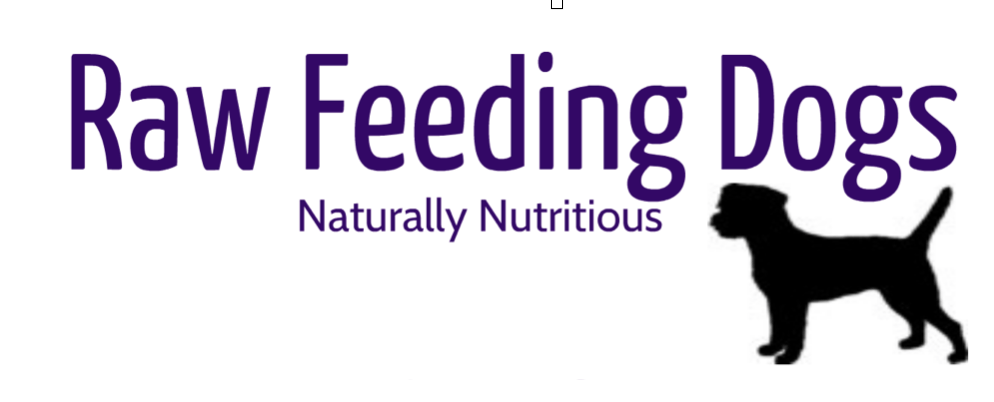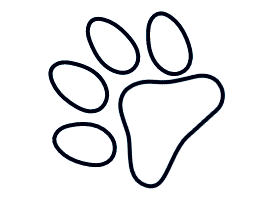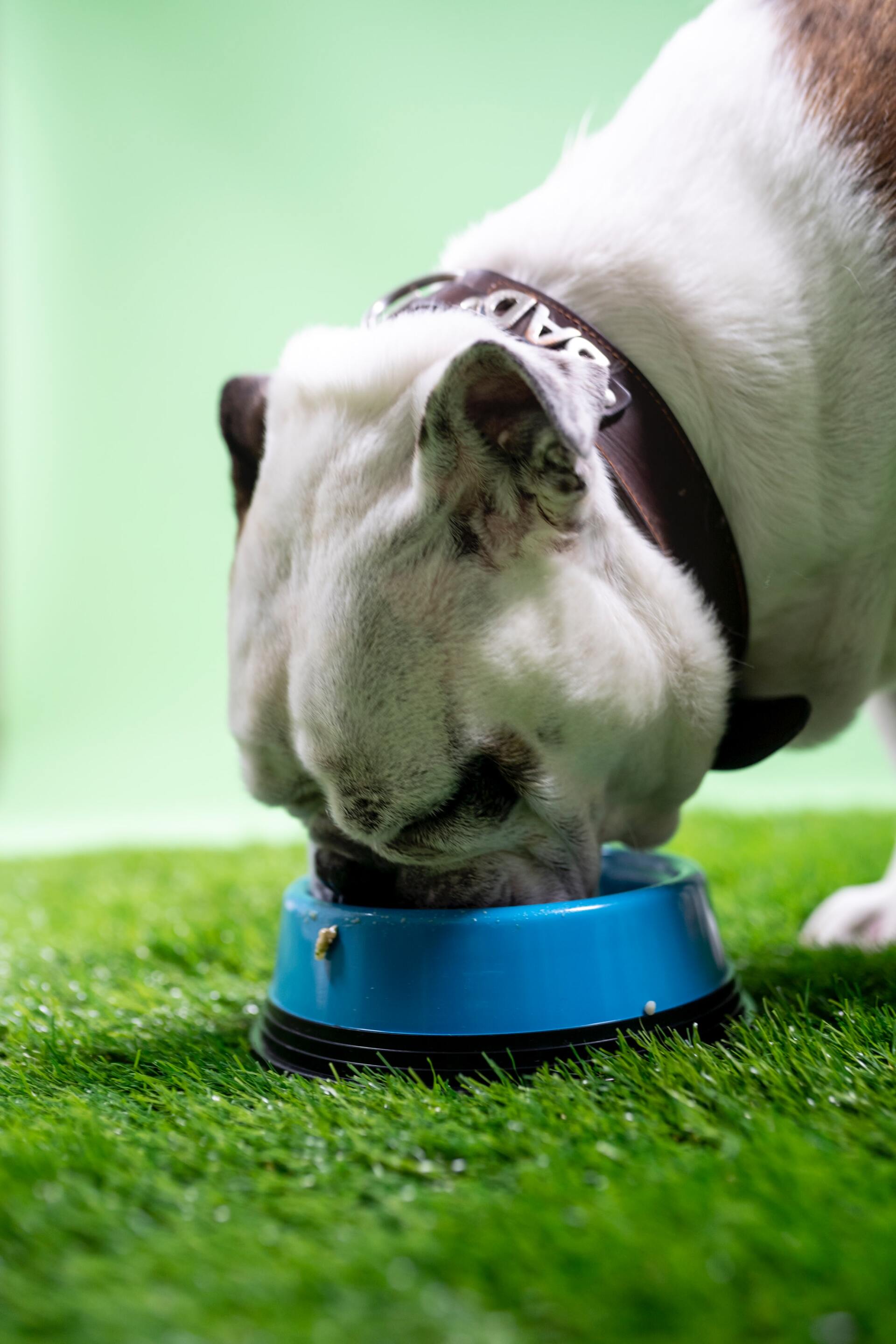
It is best to just do a straight swap without any mixing. One last meal of the old food in the evening then feed a raw meal for breakfast the next morning. As raw is much gentler on the digestive system tummy upsets are rare.
We suggest introducing one meat at a time especially if you dog has a sensitive tum. So for the first week start on chicken then add a small amount of tripe, If all goes well move onto the next flavour introducing slowly as you go . Carry on introducing a new protein every week until you have a wide range of meats. If it anytime you get an unwanted reaction to a new protein you are able to identify which meat has caused it and eliminte / reduce it from the diet.
One important aspect of Raw Feeding is poo watching. If the dog seems constipated or is passing whiteish crumbly poos then the bone content is too high for your dog. This most often happens with the poultry meats. You just need to add some boneless meat (tripe) or feed a mix mix of poultry and a red meat to reduce.
On the other hand if poos are too soft which is more common with the red meats then feed mixed with the poultry to add more bone to the meal.
Another benefit of raw feeding is that you can easily adjust meals to suit your dogs needs.
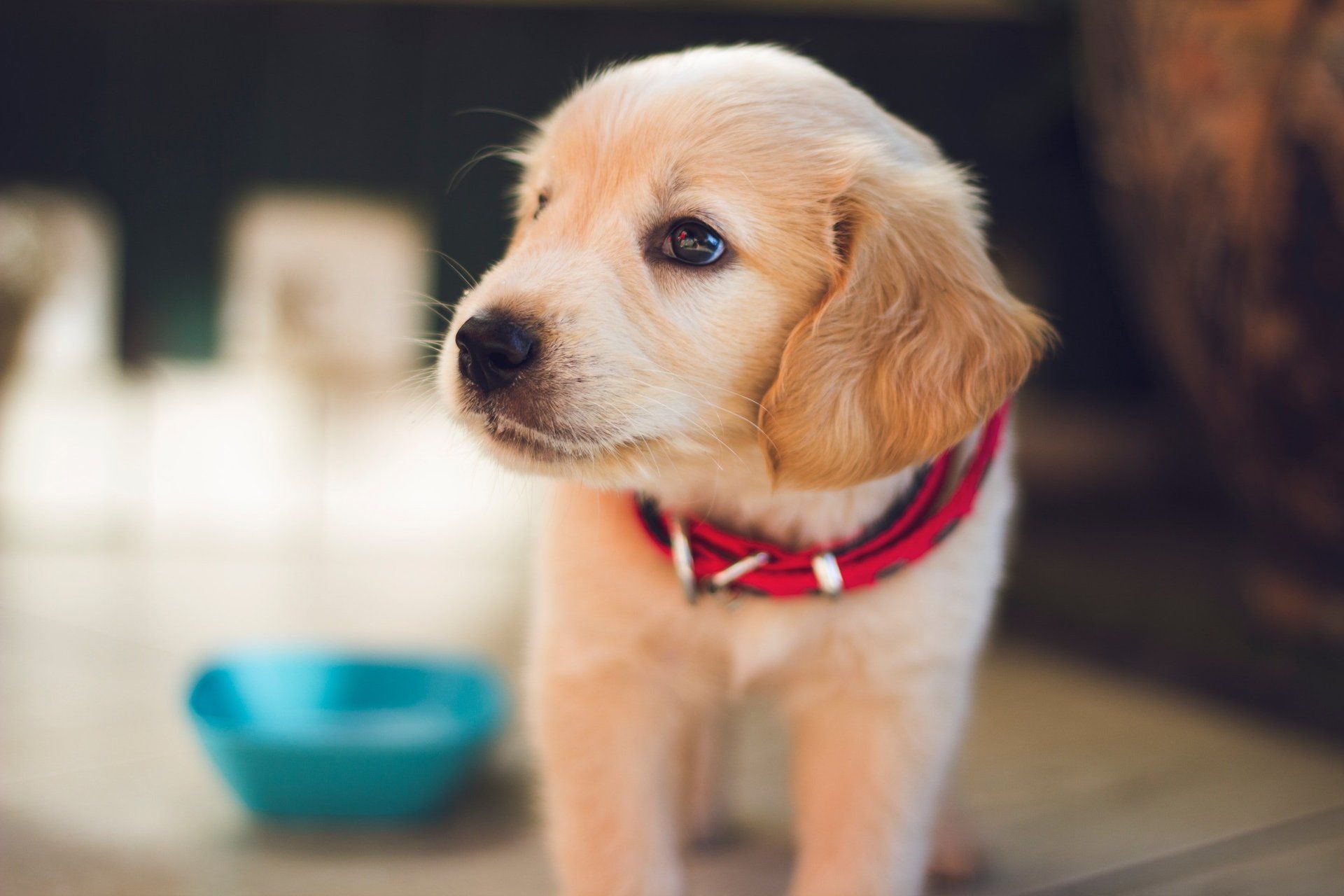
Pups go through alot of development in the first few months of their life so it is importand to ensure they get plenty of good food to fuel their growth.
If you are lucky enough to have a raw weaned pup then just carry on
If your pup has been used to kibble or tinned/pouch then you have two options:
1. Start as you mean to go on and swap raw straight away. Many people do with no issues.
2. If you are concerned with too much change for your pup in one go then leave him on what he is used to for a week or two then make the swap once he is settled in his new home.
This is a rough guideline. Adjust to the pups individual needs. Too lean then up the amount. If the pup looks a little porky or refuses food then reduce slightly.
Start off at 8-10% at 8 weeks old split over 4 meals per day and gradually reducing until the pup is fully grown
Please see the Feeding Guide for more info
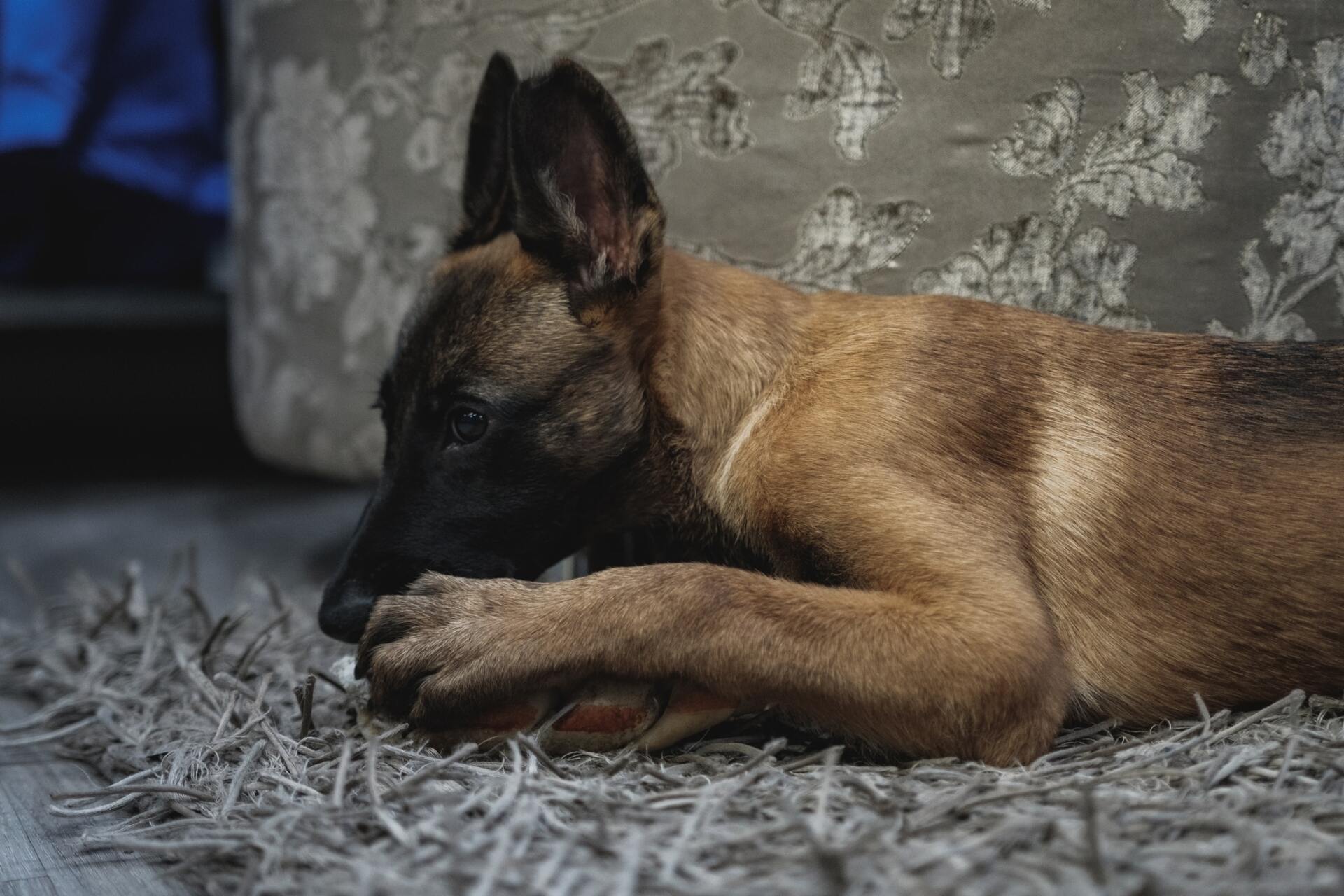
When just starting RAW it is best to wait a week or two before feeding a whole bone to allow the stomach acids to adjust. Stick to ground bone within the mince at first.
When you are ready for a whole meaty bone start off with something soft like chicken wings or carcass until your dog has developed strong enough jaws for tougher bones.
If your dog is a gulper start with a larger bone so he cannot swallow it whole and he has to chew.
For smaller dogs chicken or duck wings are a good place to start. For larger dogs a carcass will be best.
You can hold on to the end while he is eating to stop him from swallowing it whole, this should also encourage him to chew.
Make sure you feed a boneless meal before and after feeding a bony meal
THE GOLDEN RULES
- Alwasy supervise dogs while eating bones
- Never cut, chop or saw bones
- Seperate dogs while eating bones
- Keep children away from the dog while eating bones (or any food)
- Always feed bones appropriate to the size of the dog. (nothing that can be swallowed whole)
Be careful with weight bearing bones such as marrow bones. While the marrow is extremely nutritious is can be quite rich so best in small amounts to avoid runny bums. The bone is also very tough and can break teeth if dogs try to crack them open. Allow the dog to pull any meat off the outside and to dig a little marrow out but take the bone away** if he starts to get too excited with his chomping. It can be stored back in the freezer for another day.
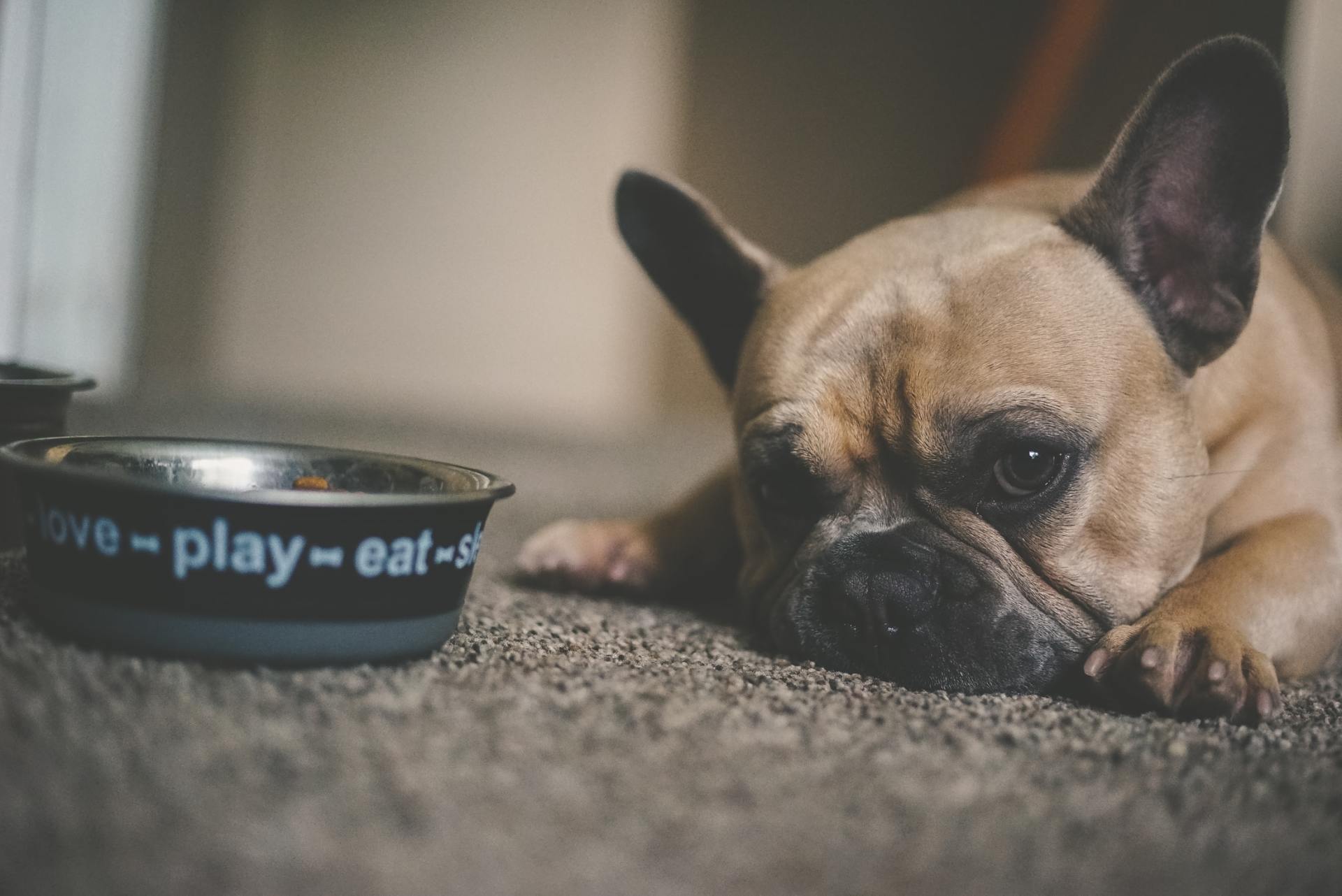
Usually when dogs start to turn their nose up and get fussy it's because they are either overfed and/or they know they can play you for their favourite.
The feed an adult 2.5% of their bodyweight guideline is just that - a guideline and a starting position for an average un-neutered dog.
Neutered or elderly animals often need 10% -20% less food.
Some dogs like people just need less food than others.
Be aware of how many treats you are giving during the day.
Always feed to your dogs needs rather than sticking to a guideline.
If your dog has suddenly stopped eating or is showing other signs of being unwell, please visit your vet.
So what to do now?
As long as your dog is well then the main thing is not to make an issue out of them refusing thier food. Don't try to encourage them or add treats to the top, in the end you'll only make matters worse.
Reduce the feeding amount if you need to then just place the bowl down and walk away. Give the dog 10 - 15 minutes to eat, if they dont then pick it up and return to the fridge. Don't make a song and dance out of it, if the dog sees you are anxious over them not eating then you can make them anxious which can put them off eating even more.
It may take a few days but they will eat when they are hungry. Dogs are scavengers and it's quite natural for some to self regulate and skip a meal or two.
Adult dogs are usually fed between 2 -3% of their bodyweight. This can be upped or reduced depending on the dogs needs.
Elderly, less active or nuetered animals often need less whereas energetic or working dogs can need more. Keep an eye on your dog and adjust as necessary.
It may well be that your dog really does not like a certain protein. that is fine and as long as they are eating a good range of 4-5 differnt proteins then I would not worry about them not eating a few flavours and certainly wouldn't like to force them to eat something they genuinely do not like. It's when they like it one day then not the next and you are constantly trying new foods to see what they want that day is when your dog has you wrapped around thier paw.
